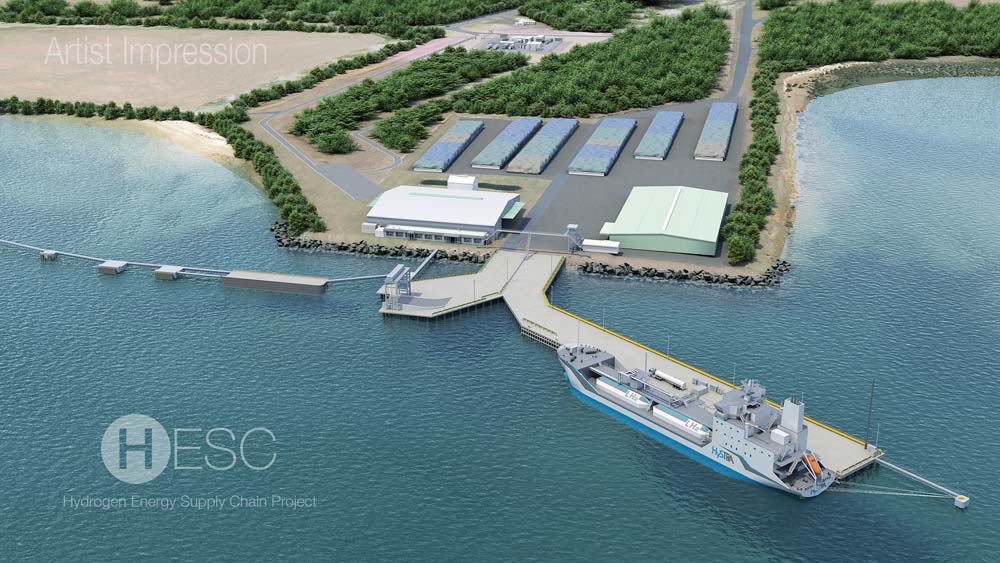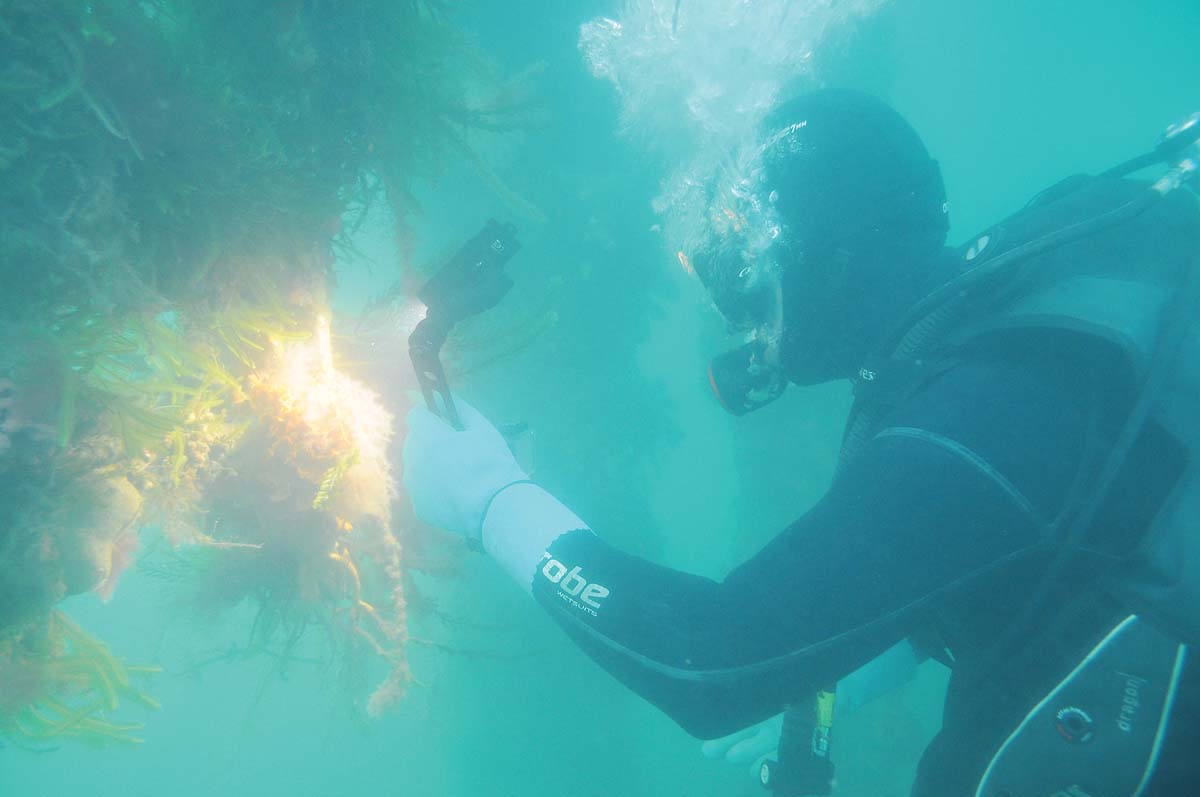FEARS are held overt the export of hydrogen from Western Port leading to the import of marine pests.
Kawasaki Heavy Industries has agreed to conduct surveys to monitor Western Port for marine pests already introduced into Port Phillip by ships from Japan.
The hydrogen being transported from western Port to Japan is being produced from brown coal in the Latrobe Valley, a process that depends for success on carbon being stored underground through CCS (carbon capture and storage).
The hydrogen from brown coal project began more than a decade ago and the state and federal governments each gave $50 million towards the $400m trial. This figure does not include extra money being spent by government on CCS research, which is already under way.
Environment groups including Ninety Mile against Carbon Storage are opposed to CCS and say the “so-called ‘blue hydrogen’ projects that rely on unproven CCS technology would entrench the unnecessary use of fossil fuels in energy production”,
Since the Hydrogen Energy Supply Chain Project (HESC) began, experts, including the CSIRO, have suggested the cost of making hydrogen through renewable electricity powered electrolysis will be competitive if not equal to brown coal by 2025.
“In summary the HECS trial is taking 160 tonnes of brown coal, burning it, producing three tonnes of hydrogen and 100 tonnes of emissions. The trial will offset its emissions by buying carbon credits. The technology to capture the emissions and store them in the Bass Strait has not been finalised, proven or been shown to be economically viable,” former Mornington Peninsula Shire councillor Simon Brooks said (“Brown coal to hydrogen: responsible or risky” The News 12/4/21).
Kawasaki agreed to the marine surveys after requests from eight environmental groups, led by Westernport and Peninsula Protection Council (WPPC), an organisation with 50 years of experience in Western Port.
Early detection was the “only hope” to eradicate northern Pacific seastars (Asterias amurensis) and Japanese kelp (Undaria pinnatifida), said the WPPC’s secretary Karri Giles.
“If introduced, these pests could prove devastating to the bay’s diversity, ecology, fish stocks and water quality,” Ms Giles said.
“We don’t want ships from Japan entering Western Port to export hydrogen long-term because of the risk of introducing these serious marine pests, which have already been introduced to Port Phillip.”
Yaringa Boat Harbour and Stony Point jetty have been given the all clear after marine pest surveys were conducted for the WPPC and Save Westernport by Fathom Pacific.

The undersea work was carried out by the consulting and research firm that specialises in marine and freshwater areas through a federal government grant.
The company says it is “committed to delivering state-of-the-art solutions and high-quality outcomes”.
Kawasaki Heavy Industries’ senior staff officer Yuko Fukuma said the first of its marine survey would “assess the risk profile of the Port of Kobe, the Port of Hastings and the [hydrogen carrier ship] Suiso Frontier to determine the marine pest risk from the Suiso Frontier travelling between the two ports”.
The 116 metre, 8000 tonne Suiso Frontier, launched in December 2019 as part of the brown-coal-to-hydrogen demonstration project, is expected to arrive in Western Port before March next year.
The first stage of the marine survey looked at the environmental similarities and differences between the ports, such as water temperatures, seabed types, current and nutrient regimes and existing levels of ecological disturbance.
Using those findings as a baseline, the consultants will next investigate what marine pests already exist in Western Port ahead of the Suiso Frontier’s arrival.
“This survey work will be repeated several months after the vessel has departed in 2022 to assess whether any new marine pests have appeared,” Yuko Fukuma said, adding that the results would be “shared” in the second half of 2022.




